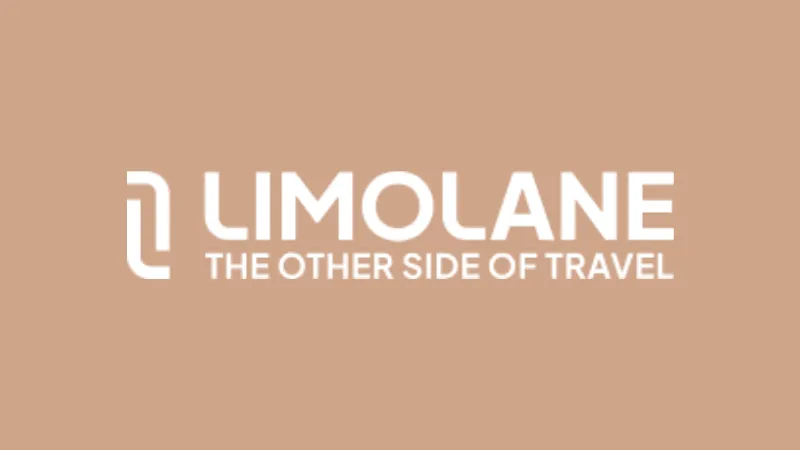Kubos Semiconductor funding news – MicroLED Material Technology Company Kubos Semiconductor Secures $2Million in Funding
May 10, 2024 | By Startup Rise EU

Cambridge-based Kubos Semiconductors, a microLED material technology company, secures $2million in funding to accelerate development of its cubic GaN technology which can double the efficiency of red microLEDs. It brings the company’s total funding to USD 5.5 million and will enable Kubosto enter the microLED display market within three yearsthrough IP licensing.
SUMMARY
- Cambridge-based Kubos Semiconductor, a microLED material technology company secures $2Million in funding.
- The funds will be used by Kubos Semiconductor to quicken the advancement of their cubic GaN technology, which has the potential to quadruple red microLED efficiency.
According to analyst Spherical Insights and Consulting, the global market for microLED displays will grow from USD 1.35 billion 2022 to USD 14.97 billion by 2032. Kubos technology will enable clearer, brighter, more efficient displays to be manufactured for augmented reality/virtual reality (AR/VR) applications.
Read also - [Funding News ] Real Estate Data Management Platform Stonal Secures up to €100 Million in Funding
Kubos secured support from three of the most prolific and experienced veterans of the (UK) compound semiconductor industry and three strategic investors. Martin Lamb, Drew Nelson, and Geoff Haynes have a combined tenure of over 100 years in compound semiconductor materials development. Strategic investors are the Development Bank of Wales, FOV Ventures, and S4C Digital Media Limited.
RECOMMENDED FOR YOU
Caroline O’Brien, CEO of Kubos commented, “Any UK compound semiconductor business would be thrilled to have just one of these movers and shakers in the industry supporting it and Kubos can now draw on the experience of all three. In addition, the strategic investor group that we have assembled brings vital insight into how the metaverse, digital content and AR/VR products drive display and microLED requirements. This, coupled with our unrivalled experience in compound semiconductors means that Kubos is now fully equipped and ready to deliver.”
Martin Lamb, formerly CEO of Wafer Technology (which was acquired by IQE plc in 2000) and an angel investor with several successful exits, was instrumental in the formation of Kubos and an early investor and has guided and shaped the team.
He has served as Chairman since its inception and will continue in this role. Drew Nelson OBE, President of IQE plc, a major compound semiconductor supplier, having founded and grown the business before stepping down as CEO in January 2022, has invested in Kubos and joins the board of directors.
Geoff Haynes also participated in this investment round and is a gallium nitride
(GaN) semiconductor expert. A company he co-founded in 2008 to address the power semiconductors market, GaN Systems, was acquired by Infineon for USD 830million last year.
The Development Bank of Wales has a track record of supporting breakthrough technologies and compound semiconductor businesses. FOV Ventures is focussed on spatial computing and S4C Digital Media plays a key role in the delivery of digital content to consumers. This investor group brings experience and knowledge that touches on all aspects of the AR/VR opportunity that Kubos aims to exploit.
Dr. Carl Griffiths, fund manager in the Technology Venture Investments team at the Development Bank, said: “Kubos’ proprietary technology has the potential to improve the user experience for lighting and displays and accelerate the adoption of microLEDs across a wide range of applications. We are proud to be working with this exciting company of highly acclaimed engineers and scientists, and to have helped them re-locate to Wales to make use of the compound semiconductor expertise and infrastructure in the region.”
About Kubos Semiconductor
Technology to inspire next generation illuminated devices. Kubos is creating very efficient LEDs to enhance visibility, illumination, and communications for users across the visible spectrum. The business gets around the drawbacks of traditional GaN LEDs by using the cubic crystal phase of GaN, which leads to far greater efficiency green, amber, and red devices.
Recommended Stories for You

[Funding alert] Paris-based I4d Ventures Secures €16 million in Pre-Seed Funding
Startup Rise EU Oct 28, 2023
[Funding alert] Paris-based Avatar Medical Secures €5 Million in Seed Funding
Startup Rise EU Feb 19, 2024

London-based Ciklum Acquired Infogen
Team SR Feb 12, 2024

LimoLane funding news- Mobility Company LimoLane Secures €35 Million in Funding
Startup Rise EU Jul 13, 2024

vorteX-io funding news – Climate Tech Startup vorteX-io Secures €2.9Million in Funding
Startup Rise EU Jun 11, 2024

UK-based Accenture Acquire 6point6
Startup Rise EU Nov 13, 2023


 Follow us
Follow us Follow us
Follow us









